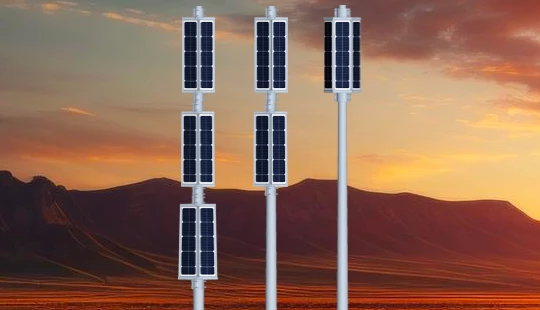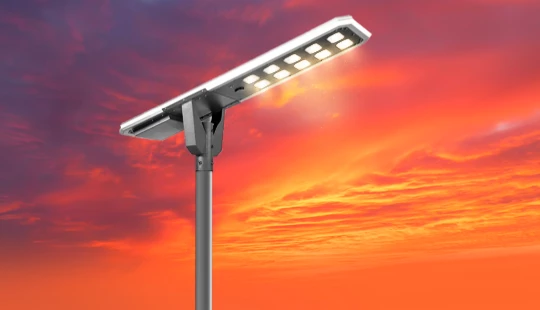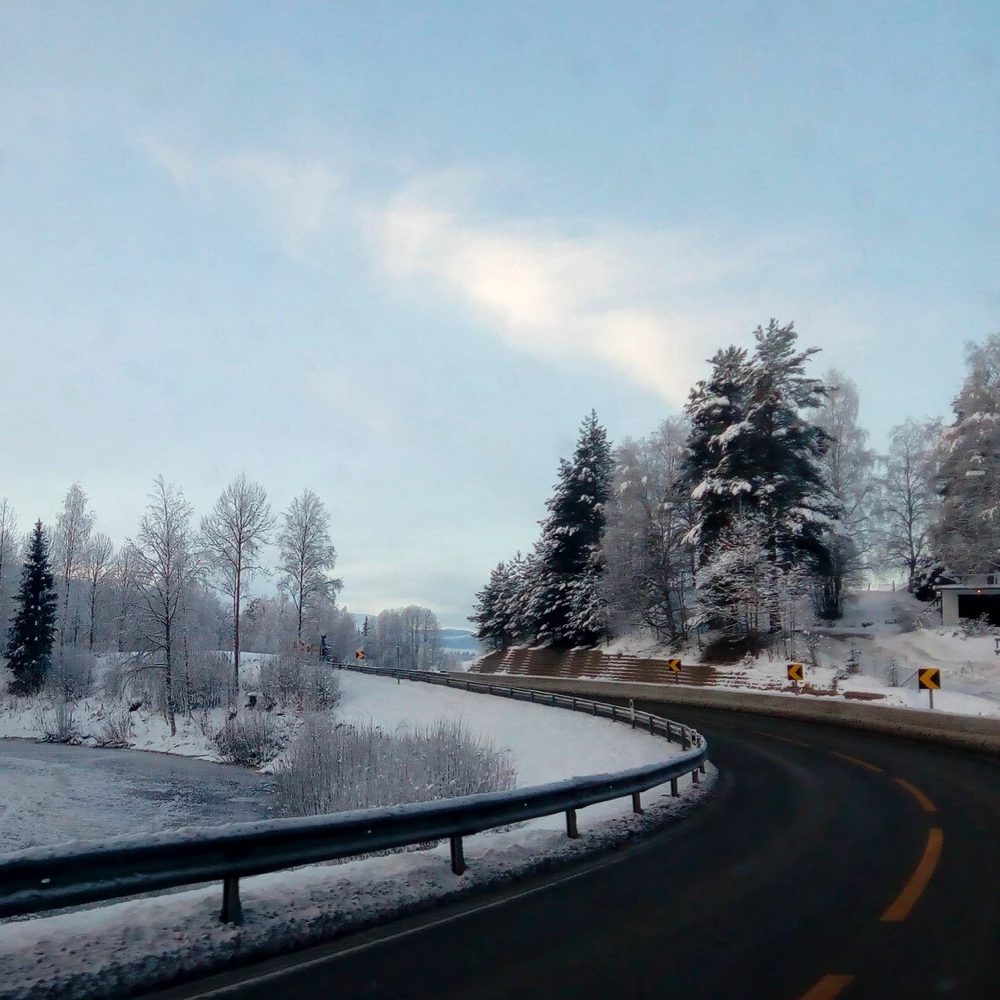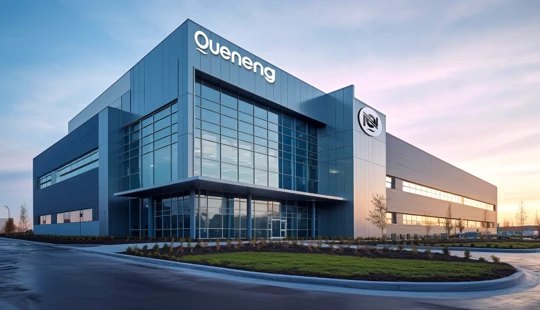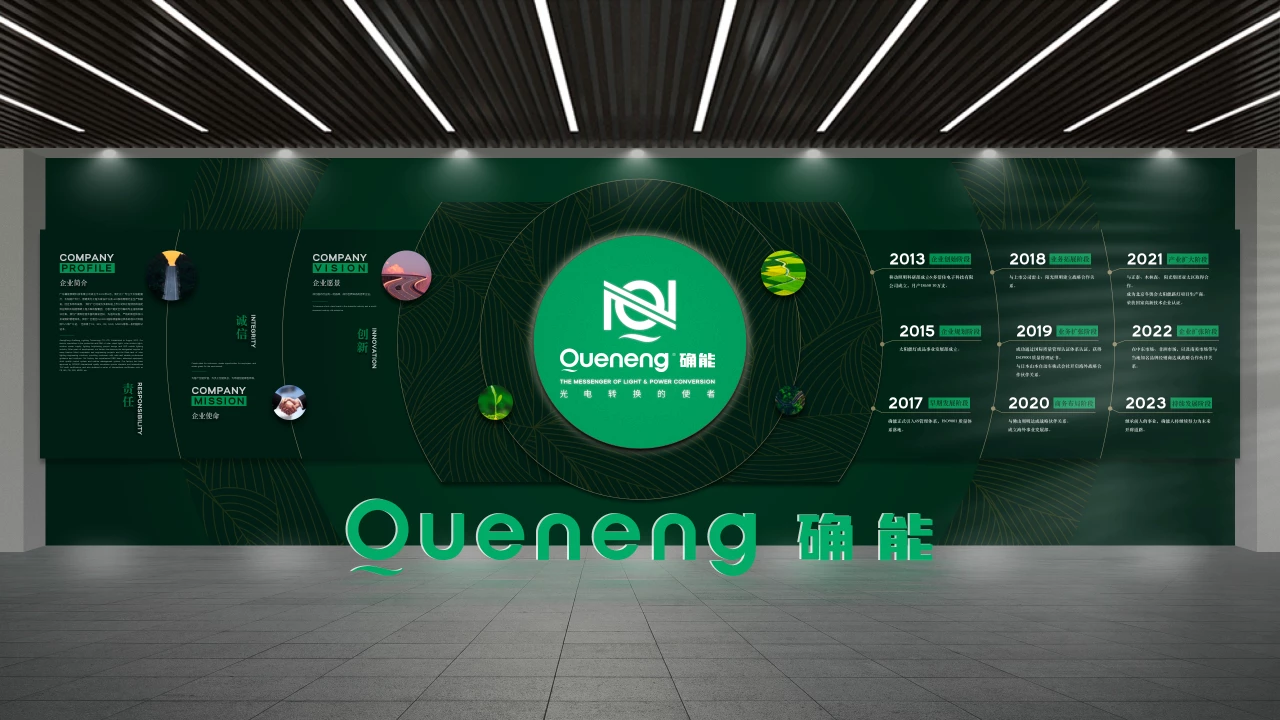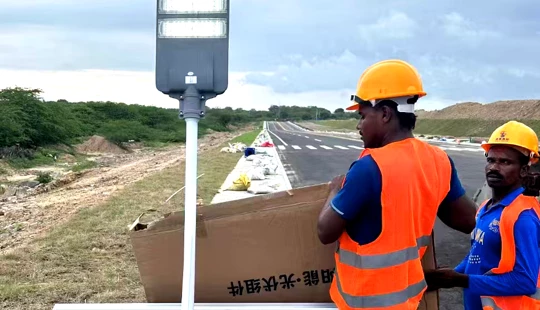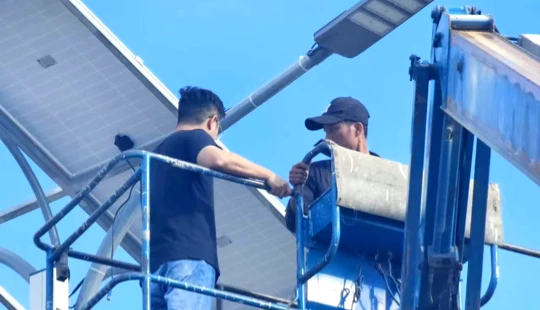Top eco-friendly lighting in the Philippine market | Insights by Quenenglighting
Top Eco-Friendly Lighting in the Philippine Market: Your Solar Lighting Procurement Guide
The Philippines, blessed with abundant sunshine and facing rising energy costs, is increasingly embracing eco-friendly lighting solutions, with solar-powered systems leading the charge. As more individuals and businesses prioritize sustainability and energy independence, understanding the nuances of solar lighting procurement becomes vital. This guide delves into the most common questions users have, providing professional insights to aid your purchasing decisions.
What are the most popular types of eco-friendly lighting for residential and commercial use in the Philippines?
In the Philippine market, the most popular eco-friendly lighting options predominantly leverage solar energy combined with efficient LED technology. These include:
- Solar Street Lights: Widely used for public roads, pathways, and private subdivisions, offering significant savings on grid electricity and installation costs (no trenching required). They often feature integrated designs with solar panels, batteries, and LED lights in one unit.
- Solar Garden & Landscape Lights: Ideal for illuminating gardens, parks, and outdoor aesthetics. These range from decorative stake lights to powerful floodlights, enhancing security and ambiance without increasing electricity bills.
- Solar Flood Lights: Used for illuminating large areas like parking lots, warehouses, billboards, or security lighting. Many come with remote controls and motion sensors for added convenience and energy efficiency.
- Solar Wall Lights/Path Lights: Smaller, often motion-activated lights perfect for building exteriors, fences, and pedestrian pathways.
- Portable Solar Lanterns/Kits: For areas with unreliable grid access or for emergency use, these offer versatile, off-grid lighting solutions, sometimes including USB charging ports.
The appeal of these systems lies in their self-sufficiency, reduced carbon footprint, and resilience against power outages, which are common in many parts of the archipelago.
How much does solar lighting typically cost in the Philippines, and what is the ROI compared to traditional lighting?
The cost of solar lighting in the Philippines varies significantly based on type, specifications (lumens, battery capacity, panel wattage), and brand. Here's a general range:
- Small Solar Garden Lights: PHP 300 - PHP 1,500
- Solar Floodlights (50W-100W equivalent): PHP 1,500 - PHP 5,000
- Integrated Solar Street Lights (30W-100W equivalent, with pole): PHP 5,000 - PHP 30,000+
Return on Investment (ROI): The Philippines has some of the highest electricity rates in Southeast Asia (e.g., Meralco residential rates can exceed PHP 10/kWh). This makes the ROI for solar lighting particularly attractive. While initial investment might be higher than conventional lighting, the long-term savings are substantial. Typical payback periods for quality solar lighting systems, especially for commercial and street lighting applications, can range from 1.5 to 3 years. After this period, the lighting essentially operates for free, providing pure savings for the remainder of its lifespan (10-20+ years for major components).
Factors contributing to ROI:
- Elimination of electricity bills: No recurring energy costs.
- Lower installation costs: No need for trenching, wiring, or grid connection.
- Reduced maintenance: Fewer moving parts, simpler upkeep.
- Increased property value: Sustainable features enhance real estate appeal.
What key specifications should I look for when purchasing solar lighting for Philippine weather conditions?
Given the Philippines' tropical climate characterized by high humidity, heavy rainfall, and occasional typhoons, selecting solar lighting with robust specifications is crucial for longevity and performance:
- IP Rating (Ingress Protection): Look for IP65 or higher. IP65 ensures the light is dust-tight and protected against water jets from any direction, making it suitable for outdoor exposure to rain. For submersion or extreme conditions, IP67 or IP68 might be considered.
- Battery Type: Lithium Iron Phosphate (LiFePO4) batteries are highly recommended. They offer superior cycle life (2,000-5,000+ cycles, translating to 5-10 years lifespan), better thermal stability (safer in high temperatures), and deeper discharge capabilities compared to older lead-acid or even standard Lithium-ion (Li-ion) batteries.
- Solar Panel Efficiency: Monocrystalline solar panels generally offer higher efficiency (18-22%) in a smaller footprint and perform better in low-light or overcast conditions, which are common during the rainy season. Polycrystalline panels (15-18% efficiency) are a more budget-friendly option but require more space.
- Lumen Output & Efficacy (lm/W): Ensure the lumen output matches your lighting needs. High efficacy (lumens per watt) means the LED chip converts more energy into light, making the system more efficient. Look for reputable LED chip brands (e.g., Philips, Cree, Osram).
- Charge Controller: An MPPT (Maximum Power Point Tracking) controller is more efficient (15-30% more effective) than a PWM (Pulse Width Modulation) controller, especially for larger systems, as it optimizes power harvesting from the solar panel.
- Backup/Autonomy Days: The system should be able to run for at least 2-3 cloudy days without direct sunlight to ensure continuous operation during extended periods of bad weather.
- Housing Material: Durable, corrosion-resistant materials like die-cast aluminum or high-grade ABS plastic are essential.
What are the maintenance requirements and lifespan of solar lighting systems in the Philippines?
One of the significant advantages of solar lighting is its relatively low maintenance requirements compared to traditional grid-connected systems.
- Maintenance:
- Periodic Cleaning: The most critical task is cleaning the solar panel surface. Dust, dirt, bird droppings, and leaves can accumulate, reducing efficiency. A simple wipe-down with water every 3-6 months, or more frequently in dusty areas, is usually sufficient.
- Visual Inspection: Periodically check for any physical damage, loose connections, or obstructions (e.g., overgrown branches blocking sunlight).
- Battery Check (for removable batteries): Ensure proper ventilation if the battery compartment is enclosed. For sealed units, this isn't typically required.
- Lifespan of Components:
- Solar Panels: High-quality solar panels have a lifespan of 20-25 years, often retaining 80% of their initial efficiency after 20 years.
- LED Chips: LEDs are highly durable, with a lifespan typically exceeding 50,000-100,000 operating hours, which translates to 10-15+ years of daily use.
- LiFePO4 Batteries: These are the most critical component for system longevity after the panel. Good quality LiFePO4 batteries typically last 5-10 years (2,000-5,000 charge/discharge cycles).
- Charge Controllers & Other Electronics: Generally designed for a lifespan of 5-10 years or more, depending on quality and environmental exposure.
Overall, a well-chosen and properly installed solar lighting system can provide reliable, virtually free illumination for over a decade with minimal intervention, making it a sustainable long-term investment.
Are there any government incentives or certifications for eco-friendly lighting in the Philippines?
While direct consumer rebates specifically for standalone solar lighting products are not widely available in the Philippines, the government's broader commitment to renewable energy indirectly supports the adoption of such technologies:
- Renewable Energy Act of 2008 (RA 9513): This landmark legislation promotes the development and utilization of renewable energy sources, creating an environment favorable for solar technology adoption across various sectors.
- Net Metering Program: For grid-tied solar installations (like rooftop solar for homes/businesses), the Net Metering program allows consumers to export excess electricity to the grid and receive credits, though this primarily applies to grid-connected systems, not typically standalone solar lights.
- Department of Energy (DOE) & Department of Trade and Industry (DTI): These agencies are instrumental in promoting energy efficiency and ensuring product quality. While specific incentives for individual solar lamps may be absent, procurement managers should look for products that comply with national and international quality and safety standards.
Certifications to look for:
- IEC (International Electrotechnical Commission): For solar panels (e.g., IEC 61215 for crystalline silicon terrestrial PV modules).
- CE (Conformité Européenne): Indicates conformity with health, safety, and environmental protection standards for products sold within the European Economic Area, often adopted as a global quality benchmark.
- RoHS (Restriction of Hazardous Substances): Certifies that the product does not contain specific hazardous materials.
- IP Rating: As mentioned, essential for weather resistance.
- Local DTI Mark/PS Mark: For certain electrical products, indicating compliance with Philippine National Standards. Always check with suppliers for documentation of compliance.
By ensuring products meet these standards, users can be confident in the quality, safety, and performance of their eco-friendly lighting investment.
Conclusion: Quenenglighting's Advantage in the Philippine Market
When considering your next solar lighting procurement, Quenenglighting stands out as a reliable choice. Our products are specifically engineered to thrive in the demanding Philippine climate, featuring high IP ratings (typically IP65 and above) and durable components designed for longevity. We utilize advanced LiFePO4 batteries for extended lifespan and consistent performance, coupled with high-efficiency monocrystalline solar panels to ensure optimal charging even during less sunny periods. Our commitment to quality means lower maintenance, excellent ROI through significant energy savings, and a diverse range of street, garden, and floodlights to meet various residential, commercial, and industrial needs. Choose Quenenglighting for sustainable, efficient, and robust solar lighting solutions that illuminate your future without burdening your budget or the environment.

Have more questions about our products or services?
The latest hot news you might like

Discover how solar panels power street lights, exploring the technology behind solar energy conversion, storage systems, and how solar-powered street lights are revolutionizing urban and rural lighting solutions.

Learn how AC Solar Hybrid Street Lights work, their advantages, disadvantages, system behavior in low-sunlight conditions, and why hybrid technology is ideal for regions with unstable sunlight.

Municipalities around the world are increasingly adopting solar-powered streetlights as part of their urban development strategies. Rising energy costs, the need for sustainable infrastructure, and government green initiatives are driving cities to switch from traditional street lighting to advanced LED solar streetlights.
Queneng Lighting provides municipalities with cost-effective, energy-efficient, and durable solar lighting solutions, ensuring safe and sustainable public spaces.
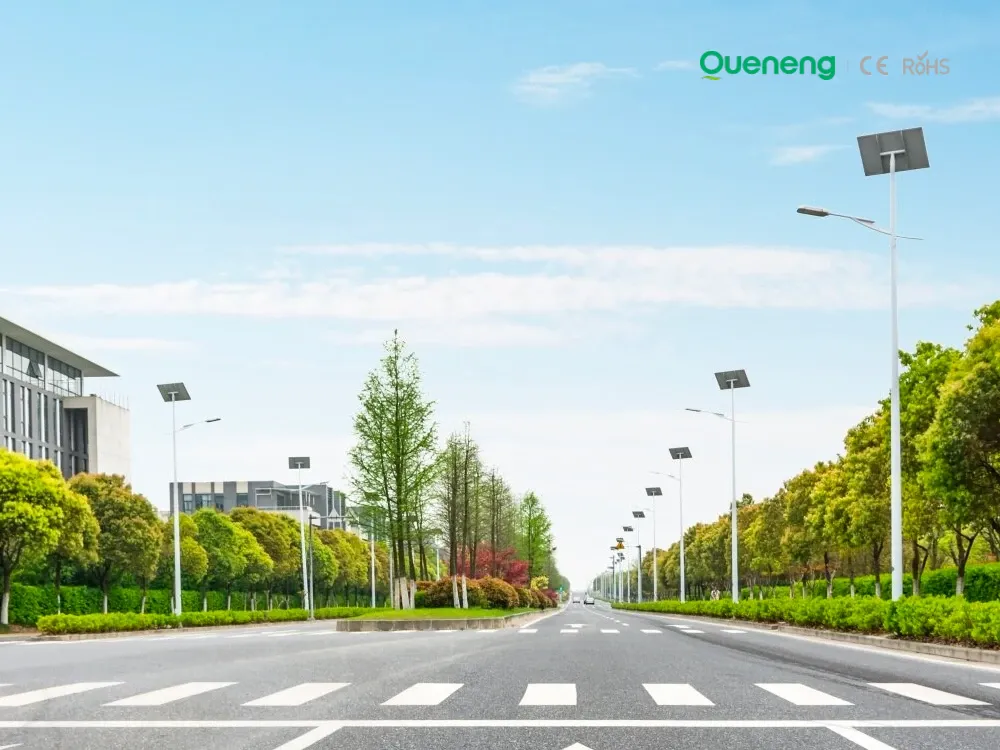
In recent years, the purchase of solar streetlights for municipalities has become a growing trend across the globe. Local governments are under pressure to reduce public expenditure, promote green energy, and create safer communities. Solar streetlights provide a reliable, cost-effective, and sustainable solution that meets these needs. Queneng Lighting, as a leading solar street lighting manufacturer, has supported multiple municipal projects worldwide with customized and energy-efficient solutions.
FAQ
Schools and Educational Institutions
What kind of maintenance is needed for solar lights?
The main maintenance required is cleaning the solar panels periodically to ensure they remain free of dust or debris, and occasionally checking the functionality of the battery and light.
How long does the battery of solar lights last?
The battery typically lasts for 5-8 years depending on usage and environmental conditions.
Battery Types and Applications
Why do fuel cells have great development potential?
1) High efficiency. Because the chemical energy of the fuel is directly converted into electrical energy without thermal energy conversion in the middle, the conversion efficiency is not limited by the thermodynamic Carnot cycle; because there is no conversion of mechanical energy, mechanical transmission losses can be avoided, and the conversion efficiency does not depend on the size of the power generation. And change, so the fuel cell has higher conversion efficiency;
2) Low noise and low pollution. In the process of converting chemical energy into electrical energy, the fuel cell has no mechanical moving parts, but the control system has some small moving parts, so it is low-noise. In addition, fuel cells are low-pollution energy sources. Taking phosphoric acid fuel cells as an example, the sulfur oxides and nitrogen compounds they emit are two orders of magnitude lower than the U.S. regulations;
3) Strong adaptability. Fuel cells can use various hydrogen-containing fuels, such as methane, methanol, ethanol, biogas, petroleum gas, natural gas and synthetic gas, etc. The oxidant is inexhaustible air. Fuel cells can be made into standard components with a certain power (such as 40 kilowatts), assembled into different powers and types according to the user's needs, and installed in the most convenient place for the user. If necessary, it can also be installed into a large power station and used in connection with the conventional power supply system, which will help regulate the power load;
4) Short construction period and easy maintenance. After the industrial production of fuel cells is established, various standard components of power generation devices can be continuously produced in factories. It is easy to transport and can be assembled on-site at the power station. Some people estimate that the maintenance required for a 40-kilowatt phosphoric acid fuel cell is only 25% of that of a diesel generator of the same power.
Because fuel cells have so many advantages, both the United States and Japan attach great importance to its development.
What types of batteries are used in emergency lights?
2. Adjustable valve lead-acid battery;
3. Other types of batteries can also be used if they meet the corresponding safety and performance standards of the IEC 60598 (2000) (emergency lighting part) standard (emergency lighting part).
Transportation and Highways
Can the lights be relocated if the road layout changes?
Yes, solar lights are highly flexible and can be easily relocated without the need for re-wiring.
Remote Areas Rural Development
How durable are solar streetlights in extreme rural conditions?
They are designed to withstand harsh weather, including heavy rains, strong winds, and extreme temperatures.

Queneng's Luxian Reliable Solar Street Light offers energy-saving LED lighting for outdoor use. This durable, solar-powered street light provides reliable illumination, reducing energy costs and environmental impact. A perfect solution for sustainable outdoor lighting.
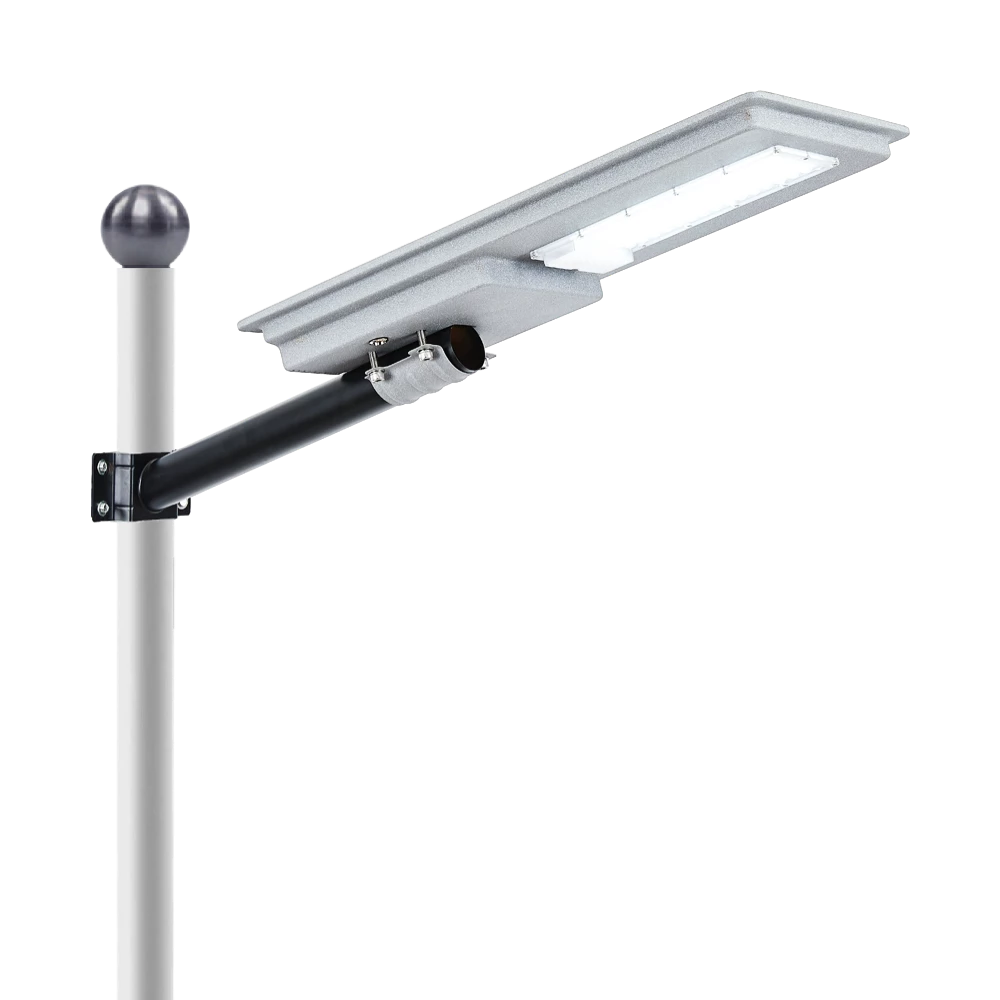
Introducing the Luda Solar Street Light by Queneng: the ultimate in outdoor lighting. This durable, eco-friendly solar street light offers high efficiency and sustainability. Perfect for illuminating streets, pathways and public spaces, it harnesses solar power to reduce energy costs and environmental impact.
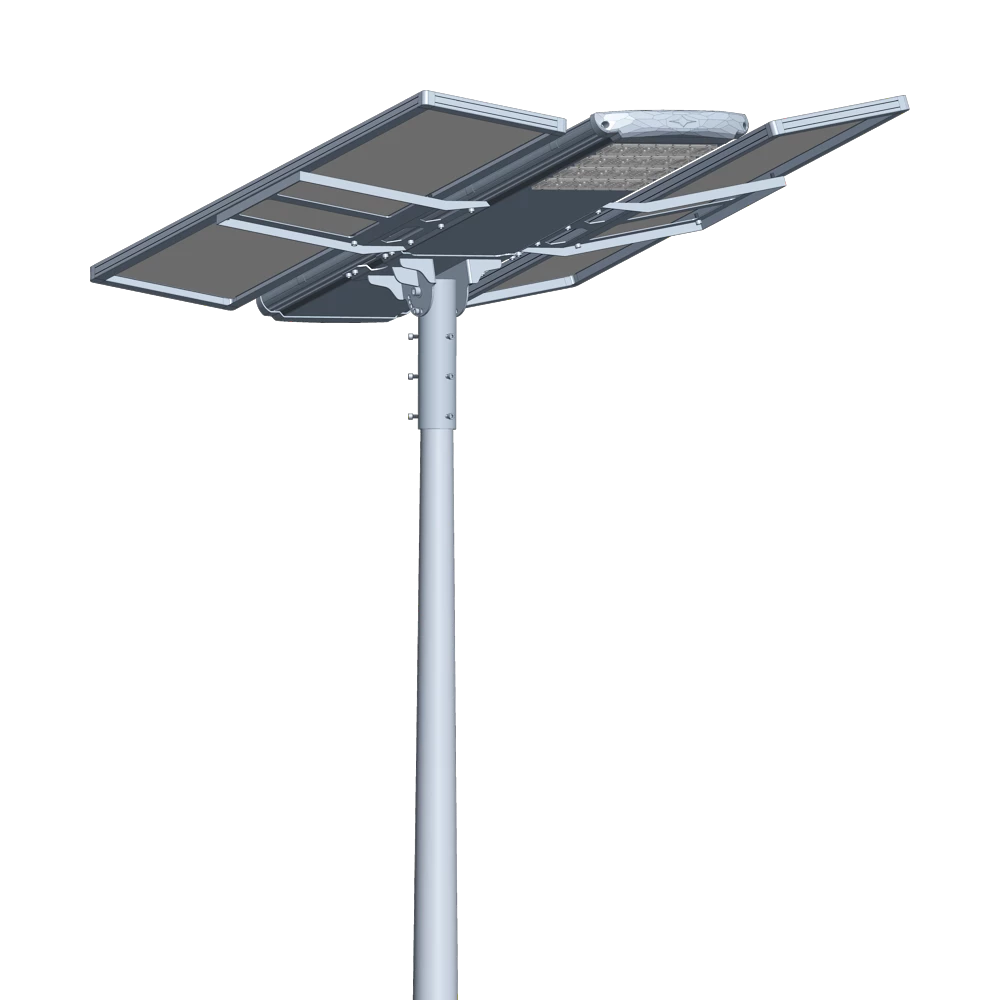
Introducing the Luqing Solar Street Light by Queneng, Efficient LED lighting powered by solar energy is perfect for illuminating outdoor areas. Harness the power of solar energy for sustainable, reliable street lighting. Ideal for eco-friendly, cost-effective outdoor illumination solutions.
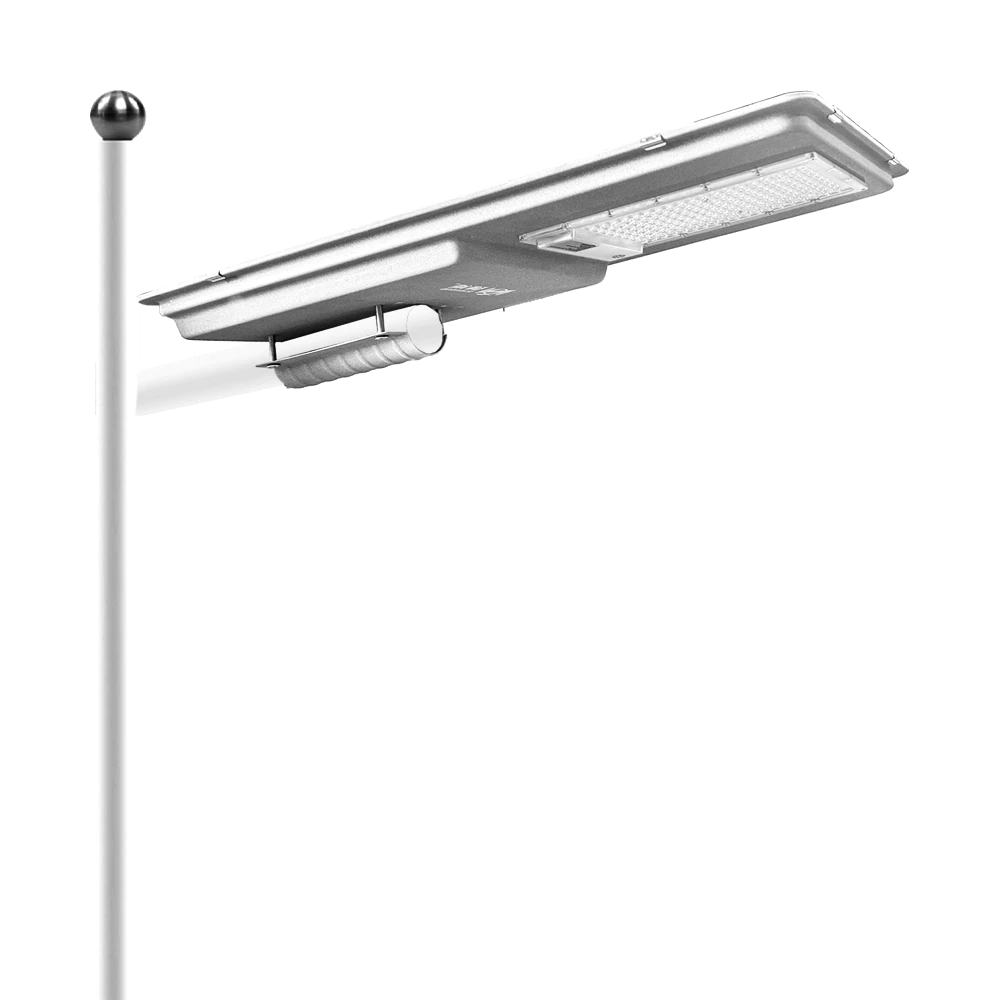
Queneng's Lufa high-efficiency solar LED street lights illuminate urban and commercial spaces brilliantly. These commercial solar LED street lights offer superior energy savings and reliable performance, making them an ideal sustainable lighting solution.
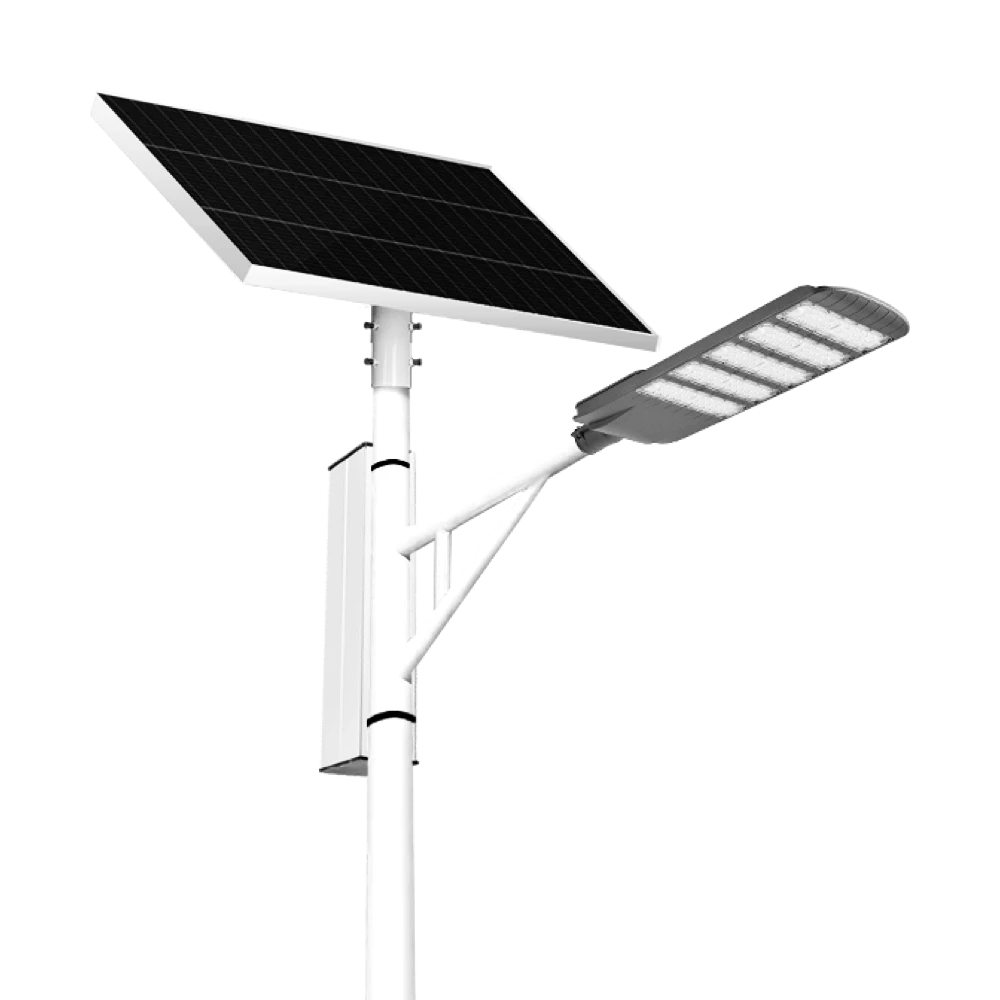
The Solar Streetlights of Luhao for Municipalities are designed to deliver reliable, energy-efficient, and cost-effective public lighting solutions. Equipped with advanced LED technology, durable lithium batteries, and high-efficiency solar panels, these streetlights provide consistent illumination for roads, parks, residential areas, and government projects.
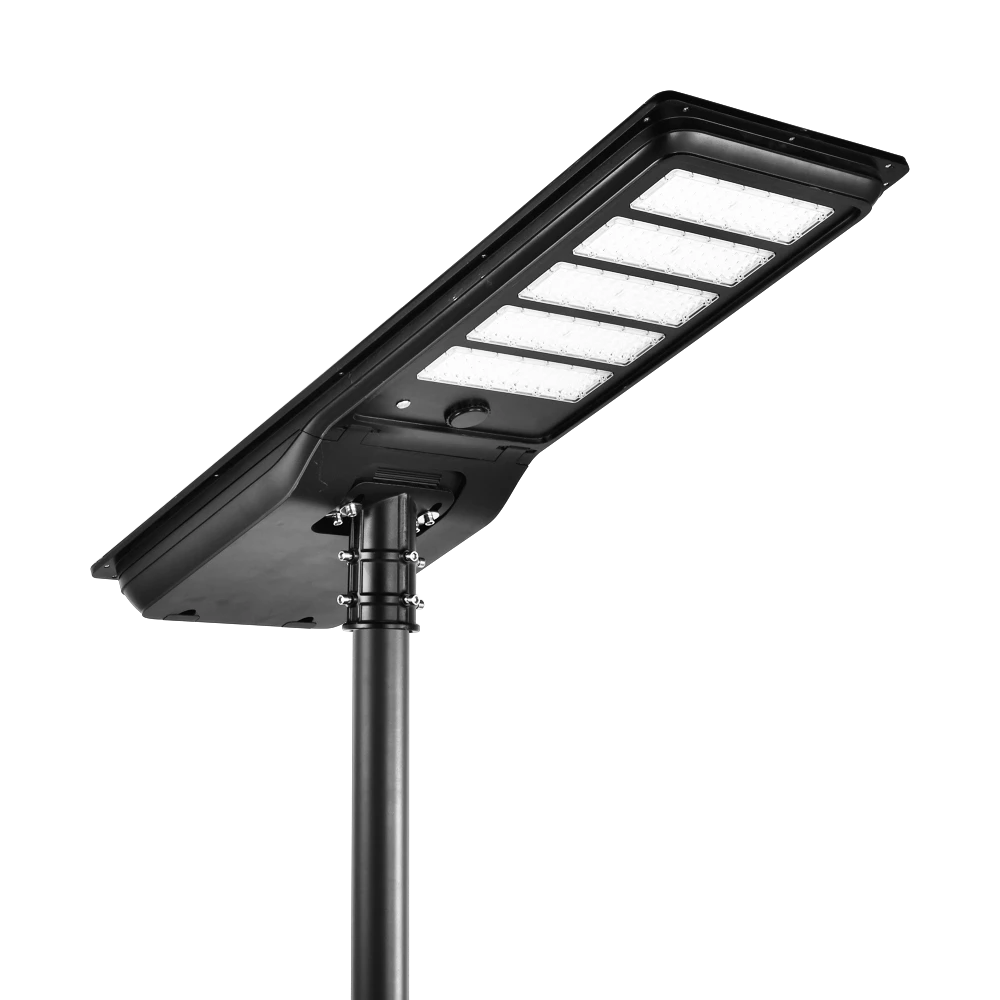
High-efficiency all-in-one solar street light with a monocrystalline solar panel and LiFePO₄ battery. Delivers brighter illumination, wider outdoor coverage, and safer lighting performance for streets and public areas.
If you would like more information about Queneng solar lighting solutions, please send us a message by filling out the form below. Our professional team will get back to you within 24 hours!
Rest assured that your privacy is important to us, and all information provided will be handled with the utmost confidentiality.
Schedule a Meeting

Book a date and time that is convenient for you and conduct the session in advance.
Have more questions about our products or services?

